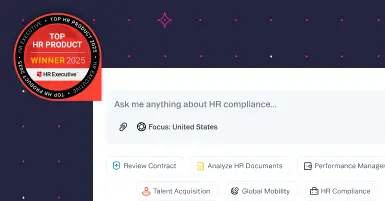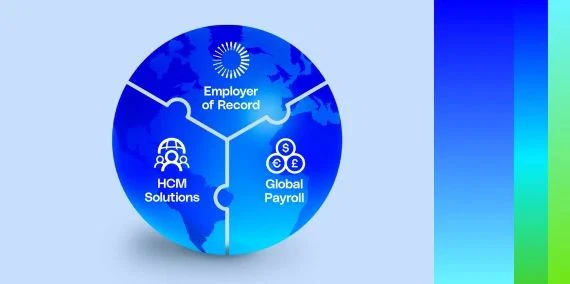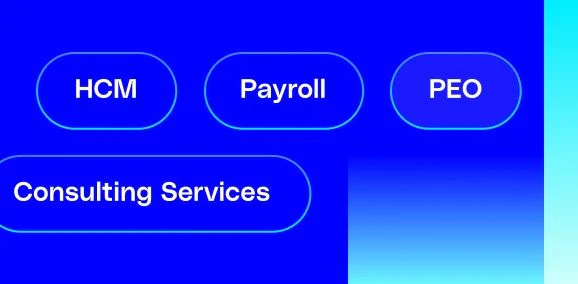Hiring talent in Canada requires navigating complex work visa requirements. This guide is built for employers, providing a clear overview of the visa types and application processes your company must manage. Understanding these steps is crucial for securing top global talent without costly delays and ensuring full compliance.
For businesses seeking to sponsor work visas in Canada, G-P may be able to assist with the processing of specific work visas and permits. For further global mobility assistance, including relocation checklists and comprehensive visa and immigration guidance, G-P Gia is available to cover every detail of an employee transfer.
G-P cannot provide visa assistance directly to individuals as employer-sponsored support is often required.
Types of work visas in Canada
Most people looking to live and work in Canada require a Canadian work permit and full work visa. Canada offers several types of work visas (work permits), each with specific eligibility criteria, application processes, and compliance requirements. The main categories are:
1. Employer-specific work permits (closed work permits):
• These permits restrict the foreign worker to a specific employer, job, and location for a set duration.
• Most require a positive Labour Market Impact Assessment (LMIA), which demonstrates that hiring international workers will not negatively impact the Canadian labor market.
• The employer must provide a detailed job offer and meet wage, recruitment, and compliance standards. Examples: temporary Foreign Worker Program (TFWP), Global Talent Stream (for high-demand tech roles), and other employer-driven streams.
2. Open work permits:
These permits allow the holder to work for any eligible Canadian work employer in Canada, with some exceptions. Open work permits do not require an LMIA. Provincial eligibility is limited to specific groups such as spouses or common-law partners of certain skilled workers or international students and international graduates under the Canadian Post-Graduation Work Permit Program (PGWP). Participants in International Experience Canada (IEC) programs also qualify.
3. Specialized and LMIA-exempt work permits:
• International Mobility Program (IMP): allows Canadian employers to hire international talent nationals without an LMIA when the employment provides significant economic, social, or cultural benefits to Canada or is covered by international agreements such as intra-company transferees and reciprocal youth exchange programs.
• Some provinces have their own streams for skilled workers, which may lead to work permits and permanent residency.
• Pilot programs: such as the Yukon Community Pilot, which offers location-restricted open work permits for multiple employers within a Yukon community.
4. Canada post-graduation work permit program (PGWP):
• For international graduates of designated Canadian learning institutions.
• Provides an open work permit for up to three years, depending on the length of the study program.
5. International Experience Canada (IEC):
• Open work permit options offer the flexibility to work Canada-wide for various companies.
• For youth (usually aged 18–35) from partner countries.
• Includes working holiday (open permit), young professionals (employer-specific), and international co-op (employer-specific) categories.
6. Other temporary and permanent pathways:
• Temporary work permits are essential for foreign nationals seeking employment opportunities.
• Temporary Resident Visas (TRVs): Allow entry for temporary purposes (work, study, visit), but do not by themselves confer work authorization—an additional work permit is required. Permanent Resident Pathways: Such as Express Entry, Provincial Nominee Programs, and Atlantic Immigration Program, which may involve initial work permits as part of the process.
• These pathways often involve collaboration with a Canadian employer to secure a valid status.
Requirements to obtain Canada work visas
Most foreign workers on your team will go through the temporary work permit Canada process first. After 1 or more years, they may be eligible for a permanent work permit through the online Express Entry system. The 3 skilled worker immigration programs under the permanent work permit category include federal skilled worker, federal skilled trades, and Canadian Experience Class. The requirements differ for each, but all Express Entry applications typically need to include the following as a first step:
• Passport or travel document
• Education credential assessment report
• Language test results
• Written job offer from an employer in Canada if applicable
• Proof of work experience
• Provincial nomination (if the professional has one)
• Police certificate
• Proof of funds
A set of additional documents is required if the applicant is invited to apply, including a proof of funds, birth certificate, and others.
The Federal Skilled Worker Program uses a points-based system known as the Comprehensive Ranking System (CRS). Professionals receive points based on English or French language skills, education, experience, age, adaptability, and arranged employment. As of March 25, 2025, the Comprehensive Ranking System (CRS) no longer awards points for arranged employment (job offers). While job offers remain relevant for some Provincial Nominee Programs and other pathways, they do not increase CRS scores for Express Entry. They need a 67 out of 100 or higher to qualify.
Application process
The basic steps to applying for a Canada work permit include:
• Applying for labor market opinion: Before applying for a temporary work visa, employers need to qualify for the LMIA. You must meet all Canadian immigration requirements for this step. You must complete this step for the professional.
• Obtaining a temporary job offer: Employers have to send a copy of the positive LMIA to the candidate with a detailed job offer letter. The letter is a formal employment contract that includes important information such as job title, description, salary, and more.
• Applying for a work permit: Candidates can apply for a temporary work permit after obtaining the job offer letter and positive LMIA. This may include meeting with a visa officer who will determine if the employment adversely affects jobs for citizens of Canada. If the person qualifies for the position, they will get a Canada work permit.
• Obtaining a work permit: After working in Canada under a temporary work permit, individuals may be eligible for permanent residence based on their job classification and language proficiency.
Other important considerations
If foreign workers want to relocate their family to Canada, spouses or dependent children can often be included in the work permit application if the employee is a new immigrant to Canada. Spouses of foreign nationals often receive an open work permit, allowing them to find employment in Canada. Family members, such as grandparents, need to be permanent residents and sponsored by Canadian citizens.
Discover how G-P can help you manage your global teams.
At G-P, we partner with reputable visa and immigration experts to provide white-glove services, including identifying and obtaining the appropriate visas for your global team members. Reduce the hassle of navigating immigration laws and leave the complexities to us. If you need additional support on global mobility, G-P Gia can help. From relocation checklists to visa and immigration guidance, Gia ensures every employee transfer detail is covered.
--------
For this particular location, G-P may offer support processing certain work visas and permits. Contact us today to assess your specific needs.













